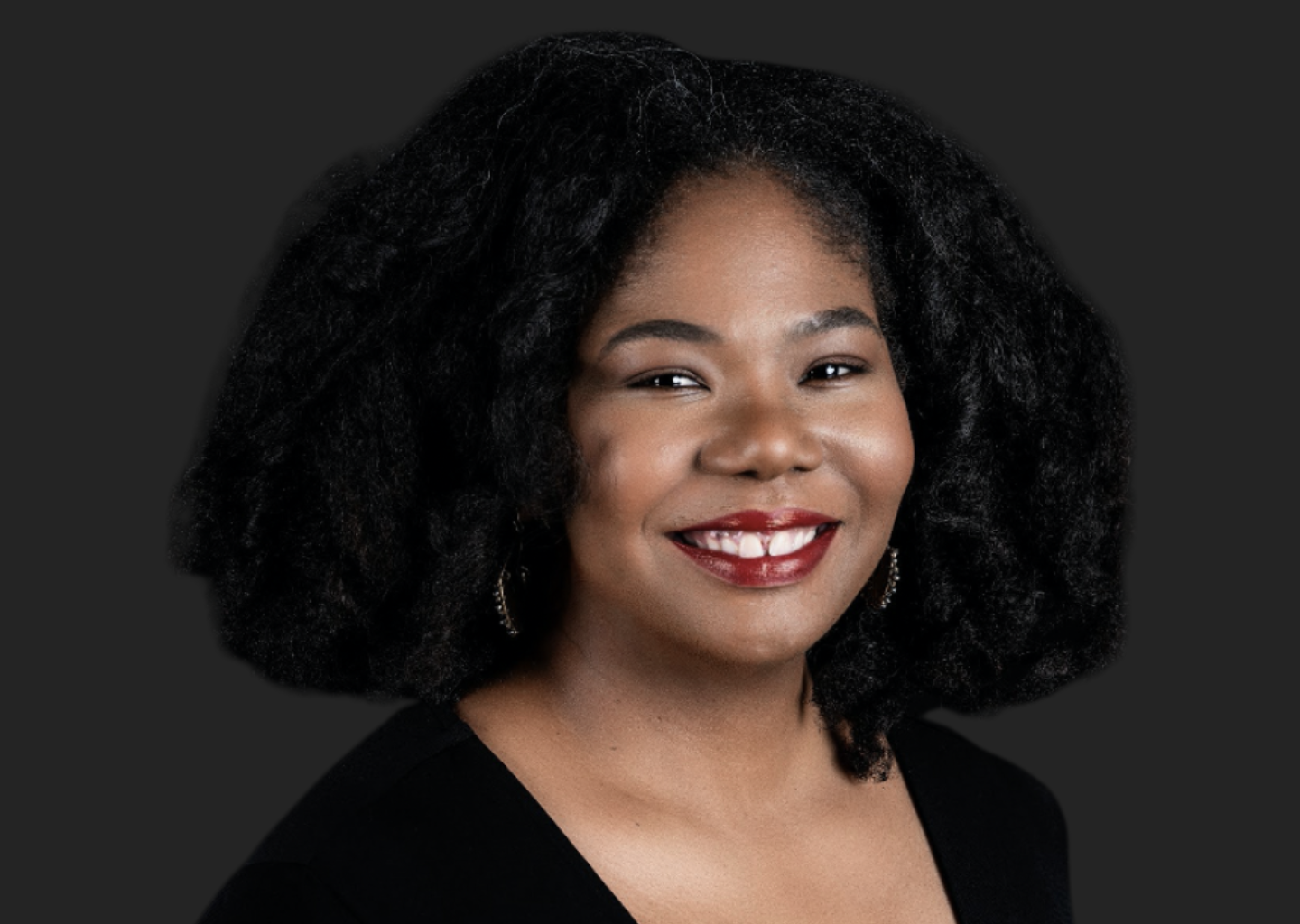Building Narrative Bridges, Defying Wedges
Opening Remarks from Jen Soriano at Narrative Power Summit 2025
Watch the video
On May 8, 2025, in the opening plenary of the Narrative Power Summit, writer, organizer, and ReFrame co-founder and board member Jen Soriano issued a powerful call: build bridges wherever the right tries to drive wedges.
Jen is a longtime movement strategist and a core voice in the lineage of justice communications — her work spans public health, investigative journalism, narrative strategy, and cross-racial solidarity building. Her recent book Nervous: Essays on Heritage and Healing was named a best nonfiction book of 2023 by Electric Lit and Kirkus Reviews.
In this opening, she grounded the Summit in what it means to move from narrative advocacy to narrative movement building, anchoring our work in collective identity, shared struggle, and transformational solidarity.
📖 To see how this charge shaped the rest of the Summit, read the full recap blog here.
___________________________________________________________________________________________
Mabuhay.
Some of you know that that means welcome, and it also means long live. And it also is an imperative — it means you better live. Mabuhay.
That's a Tagalog expression that many organizers use to invite people in. And that’s what I wanted to talk to you all about today as a way to set up everything that’s to come — inviting people in, and using our work as a tool for building narrative solidarity.
Some of y’all are familiar with the block and build strategy. It’s a framework to meet this moment that’s been developed by Convergence, Rising Majority, Working Families Party and some other organizations.
And essentially, the idea is: we have to both block fascism at every moment and in every form. And we have to build. We have to build, particularly deeply among different communities, to be able to have the power to move beyond this moment.
So narrative has a role — it has an imperative — in both of those pieces of the strategy.
In blocking fascism, we need to amplify all the stories of resistance. We need to get better at propaganda.
But also in building — and that’s the part I want to lean into. And you’re going to hear some examples of this type of narrative solidarity building, I think, after Malkia and I talk.
We are radical communicators. We’re narrative workers. We’re ReFramers. We’re orators, griots, futurists.
And we’re also, in this moment, called to be bricklayers.
Because we’ve seen what happens when narratives are used as weapons. Narratives can be murder.
But they can also be mortar — to bring communities and issues together.
And we need this, because while Trump takes a chisel to wedge everyone who is not a billionaire, we must take our tools to lay bricks.
To build bridges. And to defy every wedge.
Rather than helping Trump with our own little chisels — we do this too often — and we wedge against ourselves.
We can use our tools to transcend every wedge. And we must, if we hope to build the power to resist fascism — but come out the other side with the foundations of transformation.
And I think this is what it means to live in this moment. And to go beyond narrative advocacy to narrative movement building.
And a key component of narrative movement building is narrative solidarity building.
So on top of our advocacy narratives that are issue-specific, we can build another layer of movement narratives that bridge audiences and communities and issues that might otherwise be left on opposite shores or in separate silos.
So that we can have our narratives meet the reality that Audre Lorde has talked about — which is that none of us lives single-issue lives.
And the measurement of change here is not the language people use to talk about a specific issue.
The measurement of change is: how much closer do we get to mass solidarity?
Because, as Malkia is going to talk more about, solidarity is not an idea.
It’s an action that emerges from:
- a collective identity of struggle,
- a collective analysis of power,
- a collective vision of freedom, and
- collective values, including justice and human and civil rights for all.
But we need to build those collective pieces.
And narrative can help contribute to that.
So before I pass it off to Malkia, I’m going to leave you all with a few questions.
To build bridges toward narrative solidarity — which can then lead to solidarity power:
- How can our work build a bridge wherever there is currently a wedge?
- How can our work build a collective identity of joy and struggle?
- How can our work build a collective vision of a multiracial, gender-rich world?
- A fair and anti-ableist economy? A transformed democracy? A sustainable planet?
- How can our work popularize collective values of feminism, belonging, participation, Black liberation, queer and trans liberation, disability justice, human rights — maybe even kindness?
- And how can our work engage and invite more and more people in to take action in solidarity against fascism and toward freedom — together?
All of this helps build protagonism among those who may feel powerless.
And Makani Themba has said that, in this moment, our narratives maybe should be less about enacting persuasion, and more about building protagonism — to combat the victimization, fear, isolation, and paralysis of fascism.
So meeting this moment is something I think we all can do as narrative strategists — so that we can play a role in moving from “there is no alternative to this fascist slide” to:
We are the alternatives.
So I want to wish everybody a very productive — a very disruptive to fascism — conference.
A very generative and building few days.
And I want to wish everybody:
Mabuhay at Isulong.
Onward.
📺 Watch Jen’s full remarks here
📖 Read the full NPS 25 recap






































.jpeg)


.png)

%20(1).png)





























